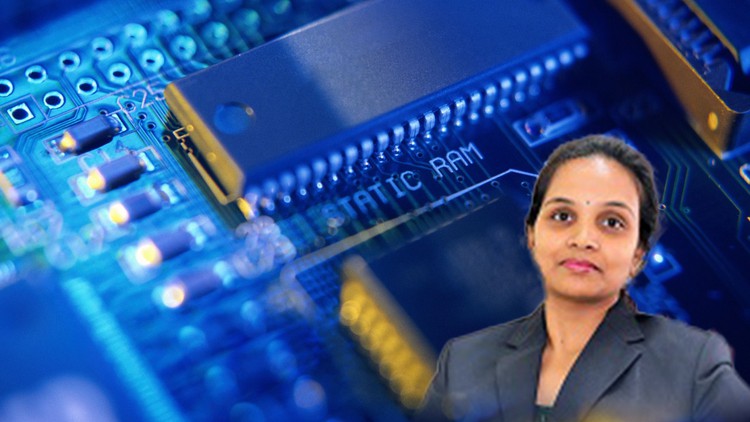
PWM Programming
☑ Learn importance of microcontroller in designing embedded application.
☑ Learn use of hardware and software tools.
☑ Develop interfacing to real world devices.
☑ To understand need of microcontrollers in real life applications.
With the world so heavily dependent on embedded systems, microcontrollers have become indispensable devices in embedded design. A microcontroller (MCU) is a device that combines the core of a microprocessor (MPU) with features such as I/O ports, timers, some dedicated communication controllers etc. Whereas an MPU needs additional glue logic to interface to the outside world, an MCU is a self-sufficient device as far as Peripheral handling is concerned, due to the availability of rich on-chip resources. Depending on a specific application, the choice of an appropriate MCU can indeed lead to a very efficient design. This course is a brief introductory giving an insight into the PIC18FXXX MCU, and is aimed to explain CCP module and PWM programming.
Indeed the PWM is so widely used that Microchip has enhanced the PWM capabilities of the newer generation of the PIC18 family members and has designated them as ECCP(enhanced CCP).The main difference between ECCP and CCP is the PWM capability.
The speed of the motor depends on three factors : load, voltage, and current. By changing the width of the pulse applied to the Dc motor we can increase or decrease the amount of the power provided to the motor, thereby increasing or decreasing the motor speed. The ability to control the speed of the DC motor using PWM is one reason that DC motors are preferable over AC motors. We use the PWM feature of the CCP to control DC motors.
English
Language
Introduction and preview of the course
Introduction and preview of the course
Introduction to PIC18FXXX Microcontrollers
History of PIC Microcontrollers
Selection Criteria of Microcontroller
Features of PIC18F Microcontroller
Pin description and I/O SFR’s
Timers
Introduction to CCP Module
CCP Module
Timer2 Registers
Timer2 Block diagram
Timer2 SFR’s
Timer2 Programming
PWM Programming
PWM Mode
CCPxCON Register
PWM Configuration
Calculations of PR2, Prescalar, CCPR1L and DC1B1:B0
CCP in PWM mode
Configuring CCPx for PWM Programming
PWM Programming
Example Program
Interfacing of DC Motor-PWM Generation